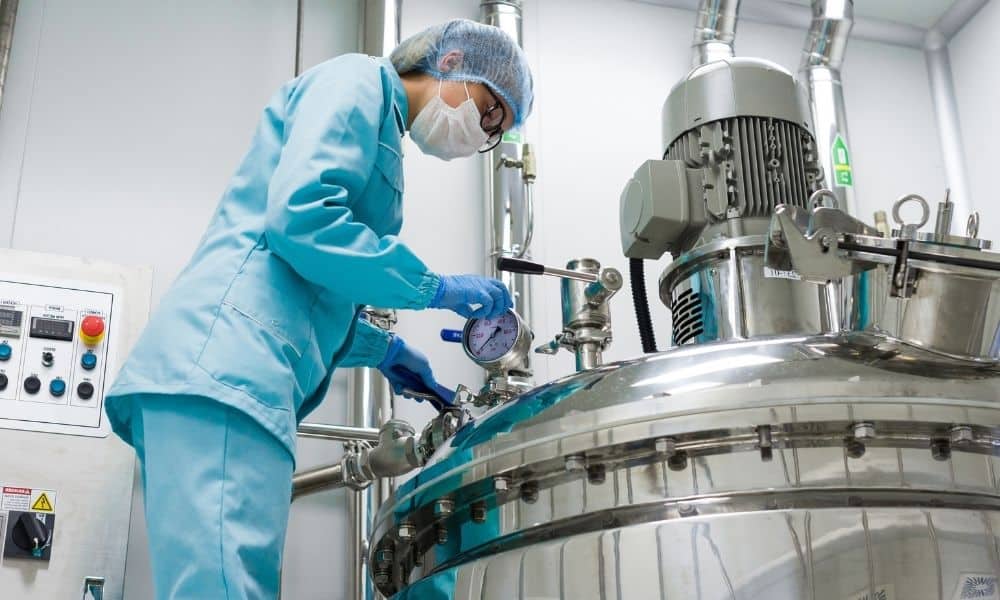Sterilization is important to the safety and success of many medical procedures, though we didn’t always understand it so well. These safety measures have changed significantly since their use in times of war, and they are still evolving today. Find out how sterile processing has changed over time, even over the last few decades.
New Goals in Sterilization
Hospital-acquired infections (HAIs) have been a concern since ancient times when all doctors had at their disposal were crude surgical tools. After discovering that bacteria and other germs can cause disease in the nineteenth century, hospitals have been striving to improve the quality of their conditions and tools. Hospitals began to follow the Occupational Safety & Health Administration (OSHA) and Centers for Disease Control (CDC) guidelines at the time of their creation, which helped promote better conditions and minimize the number of HAIs. Now, sterilization is a requirement for all health-care fields, from ophthalmic cleaning and sterilization to dentistry.
Methods of Sterilization
Metal surgical tools evolving to stainless steel meant they were stronger and could withstand harsher conditions. Steam sterilization was, and still is, a common method of cleaning and sterilizing equipment. However, modern sterilization methods have become more complex, and you can further break the process down into four categories: decontamination, assembly and packaging, sterilization, and quality assurance. Decontamination is the first step, as it removes the risk of pathogens and makes an object safe to handle. Sterilization takes the process one step further and eliminates pathogenic microorganisms that may remain. The storage and packaging of these cleansed materials are just as important as the cleaning itself, and quality assurance monitors the sterilization process as a whole.
Sterile Processing Is Its Own Job
While surgeons or nurses may have performed sterilization procedures at one time, this job has its own career now. Because sterilization is required by so many fields nowadays, jobs for sterile processing technicians are constantly opening. This position can require certification and a fair amount of education due to the importance of the sterilization process.
Sterilization has come a long way since ancient medical practices, and it continues to change and evolve today. Sterilization from just 10 years ago is different from today’s practices. That’s why positions like the sterile processing technician are more important than ever. Hopefully, this sheds some light on how sterile processing has changed over time and its importance to the medical field.







